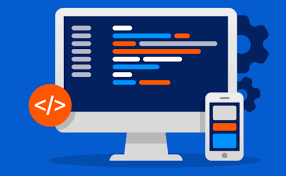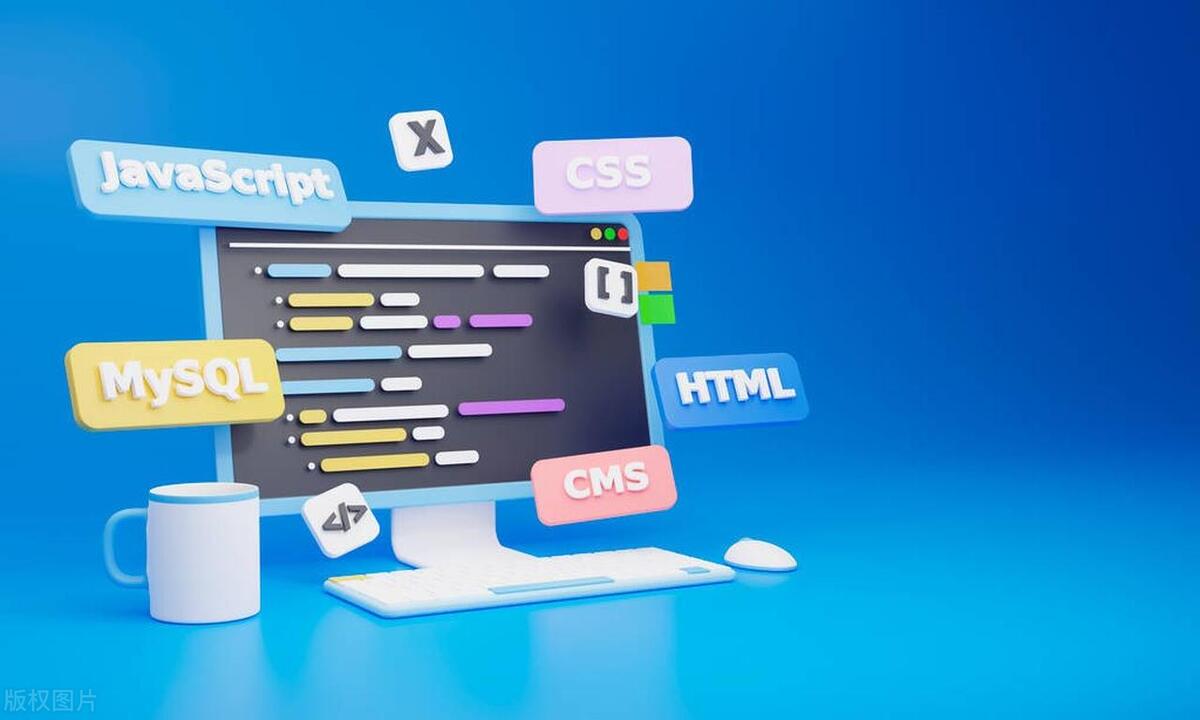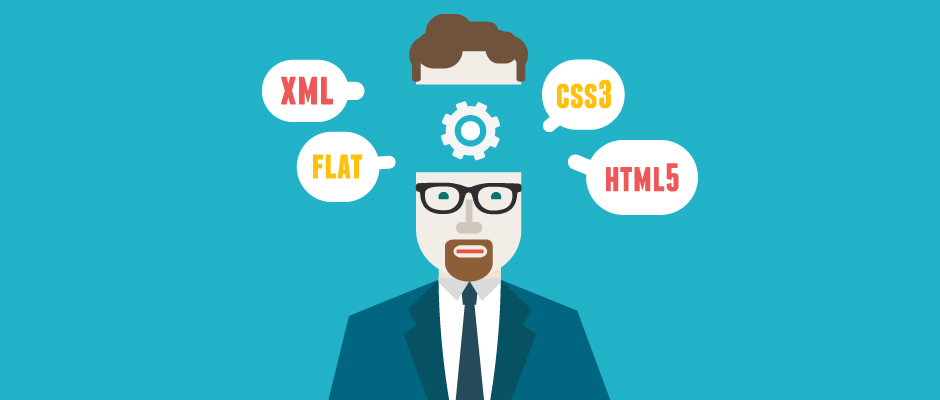Vue Teleport is a built-in component in Vue 3 that allows rendering a portion of a template to other locations in the DOM. Its core uses include: 1. Solve display problems caused by parent container layout restrictions, etc.; 2. Move content to the specified DOM node through

Sometimes in Vue, you want to render a component somewhere else in the DOM — maybe outside the current component tree or even inside a different container like a modal or tooltip. That's where Teleport comes in handy.

What is Vue Teleport?
Vue 3 introduced Teleport , a built-in component that lets you "teleport" part of your template into a different DOM node. It doesn't change the component logic — it just moves where the HTML ends up in the document.

The most common use case is for modals, toolstips, or dropdowns that need to live outside their parent containers to avoid issues with overflow , z-index , or layout constraints.
You use it like this:

<teleport to="#modal-container"> <div class="modal">I will be rendered inside #modal-container</div> </teleport>
That's it. The content inside <teleport> won't show up where it's written in the template — it'll go wherever the selector ( #modal-container in this case) points to in the actual DOM.
When Should You Use Teleport?
There are a few typical scenarios where using Teleport makes sense:
- Modals and overlays : To make sure they appear above everything else.
- Tooltip/popover positioning : Especially when nested inside containers that clip overflow.
- Reusable UI components : Like notifications or global alerts that should live at the root level.
If you've ever had a modal get cut off because it was inside a div with overflow: hidden , then you know how frustrating layout-related rendering issues can be. Teleport solves this by letting you move those elements out of problematic containers.
A good rule of thumb: if the visual placement matters more than the component hierarchy, consider teleporting.
How Does Teleport Work Under the Hood?
When Vue processes a <teleport> block, it creates the DOM nodes normally but instead of inserting them into the current component's parent node, it finds the target selector and appends the content there.
It still respects Vue's reactivity and lifecycle — so data changes still update the teleported content, and components inside the teleport still mount/unmount as expected.
One thing to note: the target element (like #modal-container ) must exist in the DOM before the teleport tries to render. So usually, you'll define that container in your index.html or main app layout.
Also, multiple teleports can point to the same target — they'll just stack in the order they were rendered.
Tips and Common Pitfalls
Here are a few things to keep in mind when working with Teleport:
Make sure the target exists early : If you're targeting a dynamically created element, you might run into issues. Stick with static containers defined in your root layout.
Use conditional rendering wisely : If you wrap a teleport in
v-if, the content only appears once the condition becomes true — which is normal, but something to be aware of during debugging.Watch out for styles : Since the element is moved in the DOM, its CSS context changes. Things like inherited styles or scoped styles may behave differently.
Accessibility still matters : Even though the modal is teleported, screen readers still read it. Make sure you're setting appropriate ARIA attributes.
If you're building a reusable modal component, one trick is to create a dedicated wrapper element in your App.vue or index.html like this:
<body> <div id="app"></div> <div id="modal-root"></div> </body>
Then always teleport modals into #modal-root . Keeps things predictable and avoids stacking problems.
So yeah, Teleport isn't complicated, but it solves a very real issue when dealing with complex layouts. Just remember to plan where your target containers are, and don't forget about styling and accessibility once things are moved around.
Basically that's it.
The above is the detailed content of Mastering Vue Teleport for DOM Placement. For more information, please follow other related articles on the PHP Chinese website!

Hot AI Tools

Undress AI Tool
Undress images for free

Undresser.AI Undress
AI-powered app for creating realistic nude photos

AI Clothes Remover
Online AI tool for removing clothes from photos.

Clothoff.io
AI clothes remover

Video Face Swap
Swap faces in any video effortlessly with our completely free AI face swap tool!

Hot Article

Hot Tools

Notepad++7.3.1
Easy-to-use and free code editor

SublimeText3 Chinese version
Chinese version, very easy to use

Zend Studio 13.0.1
Powerful PHP integrated development environment

Dreamweaver CS6
Visual web development tools

SublimeText3 Mac version
God-level code editing software (SublimeText3)

Hot Topics
 How can CSS be used to implement dark mode theming on a website?
Jun 19, 2025 am 12:51 AM
How can CSS be used to implement dark mode theming on a website?
Jun 19, 2025 am 12:51 AM
ToimplementdarkmodeinCSSeffectively,useCSSvariablesforthemecolors,detectsystempreferenceswithprefers-color-scheme,addamanualtogglebutton,andhandleimagesandbackgroundsthoughtfully.1.DefineCSSvariablesforlightanddarkthemestomanagecolorsefficiently.2.Us
 Can you explain the difference between em, rem, px, and viewport units (vh, vw)?
Jun 19, 2025 am 12:51 AM
Can you explain the difference between em, rem, px, and viewport units (vh, vw)?
Jun 19, 2025 am 12:51 AM
The topic differencebetweenem, Rem, PX, andViewportunits (VH, VW) LiesintheirreFerencepoint: PXISFixedandbasedonpixelvalues, emissrelative EtothefontsizeFheelementoritsparent, Remisrelelatotherootfontsize, AndVH/VwarebaseDontheviewporttimensions.1.PXoffersprecis
 What are the key differences between inline, block, inline-block, and flex display values?
Jun 20, 2025 am 01:01 AM
What are the key differences between inline, block, inline-block, and flex display values?
Jun 20, 2025 am 01:01 AM
Choosing the correct display value in CSS is crucial because it controls the behavior of elements in the layout. 1.inline: Make elements flow like text, without occupying a single line, and cannot directly set width and height, suitable for elements in text, such as; 2.block: Make elements exclusively occupy one line and occupy all width, can set width and height and inner and outer margins, suitable for structured elements, such as; 3.inline-block: has both block characteristics and inline layout, can set size but still display in the same line, suitable for horizontal layouts that require consistent spacing; 4.flex: Modern layout mode, suitable for containers, easy to achieve alignment and distribution through justify-content, align-items and other attributes, yes
 What are CSS Houdini APIs, and how do they allow developers to extend CSS itself?
Jun 19, 2025 am 12:52 AM
What are CSS Houdini APIs, and how do they allow developers to extend CSS itself?
Jun 19, 2025 am 12:52 AM
CSSHoudini is a set of APIs that allow developers to directly manipulate and extend the browser's style processing flow through JavaScript. 1. PaintWorklet controls element drawing; 2. LayoutWorklet custom layout logic; 3. AnimationWorklet implements high-performance animation; 4. Parser&TypedOM efficiently operates CSS properties; 5. Properties&ValuesAPI registers custom properties; 6. FontMetricsAPI obtains font information. It allows developers to expand CSS in unprecedented ways, achieve effects such as wave backgrounds, and have good performance and flexibility
 What is the significance of Vue's reactivity transform (experimental, then removed) and its goals?
Jun 20, 2025 am 01:01 AM
What is the significance of Vue's reactivity transform (experimental, then removed) and its goals?
Jun 20, 2025 am 01:01 AM
ReactivitytransforminVue3aimedtosimplifyhandlingreactivedatabyautomaticallytrackingandmanagingreactivitywithoutrequiringmanualref()or.valueusage.Itsoughttoreduceboilerplateandimprovecodereadabilitybytreatingvariableslikeletandconstasautomaticallyreac
 How can CSS gradients (linear-gradient, radial-gradient) be used to create rich backgrounds?
Jun 21, 2025 am 01:05 AM
How can CSS gradients (linear-gradient, radial-gradient) be used to create rich backgrounds?
Jun 21, 2025 am 01:05 AM
CSSgradientsenhancebackgroundswithdepthandvisualappeal.1.Startwithlineargradientsforsmoothcolortransitionsalongaline,specifyingdirectionandcolorstops.2.Useradialgradientsforcirculareffects,adjustingshapeandcenterposition.3.Layermultiplegradientstocre
 How does provide and inject allow for deep component communication without prop drilling in Vue?
Jun 20, 2025 am 01:03 AM
How does provide and inject allow for deep component communication without prop drilling in Vue?
Jun 20, 2025 am 01:03 AM
In Vue, provide and inject are features for directly passing data across hierarchical components. The parent component provides data or methods through provide, and descendant components directly inject and use these data or methods through inject, without passing props layer by layer; 2. It is suitable for avoiding "propdrilling", such as passing global or shared data such as topics, user status, API services, etc.; 3. Note when using: non-responsive original values ??must be wrapped into responsive objects to achieve responsive updates, and should not be abused to avoid affecting maintainability.
 How can internationalization (i18n) and localization (l10n) be implemented in a Vue application?
Jun 20, 2025 am 01:00 AM
How can internationalization (i18n) and localization (l10n) be implemented in a Vue application?
Jun 20, 2025 am 01:00 AM
InternationalizationandlocalizationinVueappsareprimarilyhandledusingtheVueI18nplugin.1.Installvue-i18nvianpmoryarn.2.CreatelocaleJSONfiles(e.g.,en.json,es.json)fortranslationmessages.3.Setupthei18ninstanceinmain.jswithlocaleconfigurationandmessagefil






